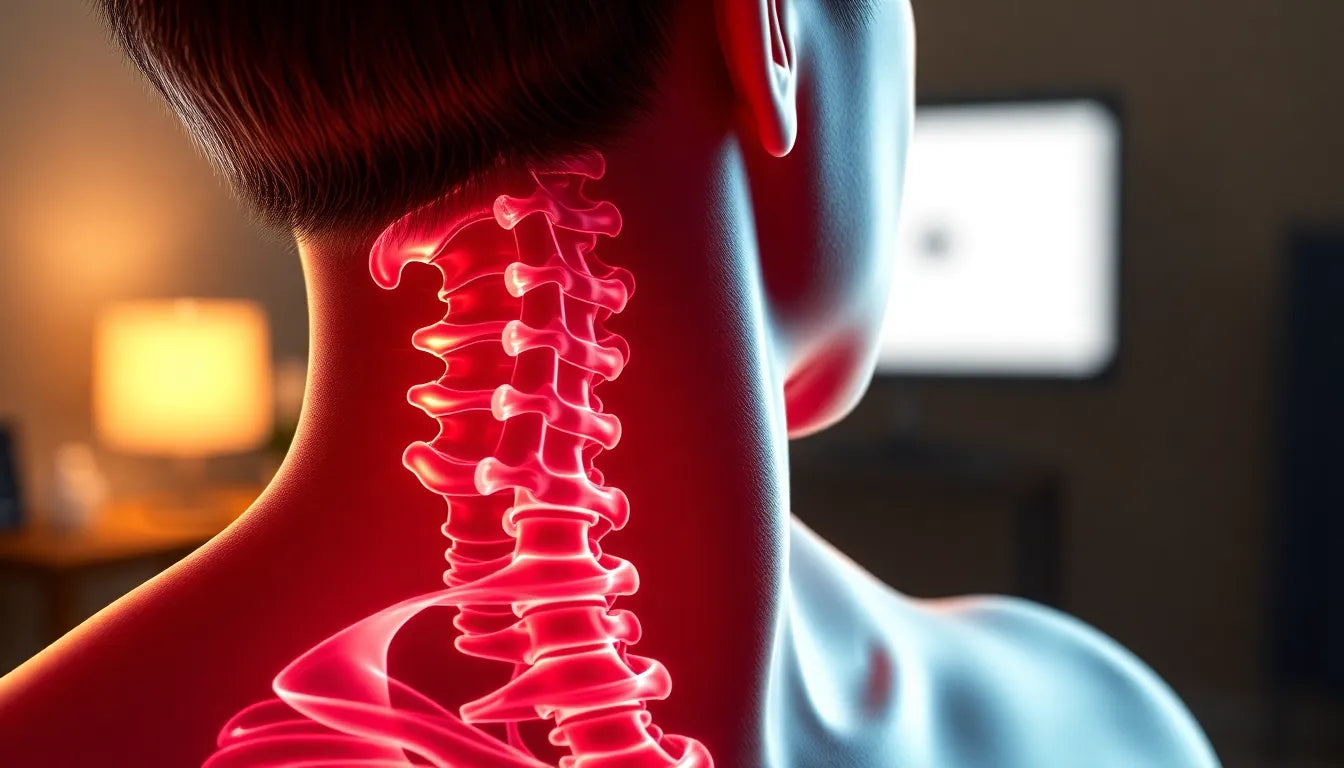In today's fast-paced work environment, the concept of office ergonomics is gaining significant traction as a transformative tool for enhancing workplace health and productivity. As more people spend prolonged hours at their desks, especially with the increasing prevalence of remote work, the importance of creating an ergonomic workspace cannot be overstated. This shift towards ergonomic awareness is not merely a trend but a necessary evolution in how we approach our workspaces to ensure both physical well-being and optimal performance.
Office ergonomics is the science of designing a workspace that fits the needs and capabilities of the worker, rather than forcing the worker to adapt to the space. This approach is often described as "fitting a job to a person" or "establishing an ideal fit between a worker, their working environment, and the tasks they carry out." The primary goal of ergonomics is to create a comfortable and efficient workspace that minimizes health risks and enhances productivity.
Understanding the importance of ergonomics
Implementing effective office ergonomics is not just about comfort; it's about creating an environment that supports the physical and mental health of employees. By optimizing the design of workspaces, ergonomics aims to reduce the risk of musculoskeletal disorders and injuries, which are common in office settings. These disorders often result from repetitive tasks, poor posture, and inadequate workstation setup, leading to discomfort and long-term health issues.
Moreover, ergonomics offers dual benefits for both employees and employers. For employees, a well-designed ergonomic workspace can lead to reduced pain and discomfort, improved posture, and enhanced mental focus. These improvements not only contribute to better health but also increase job satisfaction and overall well-being. For employers, the benefits include increased productivity, reduced absenteeism, and cost savings from fewer workplace injuries. By investing in ergonomic solutions, businesses can foster a healthier, more efficient work environment that attracts and retains top talent.
As we delve deeper into the intricacies of office ergonomics, it becomes clear that its implementation can significantly impact both individual and organizational success. In the following sections, we will explore the specific health and business benefits of ergonomics, practical tips for setting up an ergonomic workspace, and how these principles can be applied in both traditional and remote work settings. By understanding and applying the principles of office ergonomics, we can transform our workspaces into environments that promote health, productivity, and satisfaction.
Health benefits of office ergonomics
Office ergonomics plays a crucial role in promoting health and well-being in the workplace. One of the most significant health benefits is the decreased risk of musculoskeletal disorders and injuries. These conditions, often resulting from repetitive strain and poor posture, can lead to chronic pain and long-term health issues if not addressed. By creating a workspace that supports natural body positions and movements, ergonomics helps prevent these disorders.
Moreover, an ergonomic setup reduces pain and discomfort, particularly in the neck, shoulders, and lower back. This not only improves physical well-being but also enhances mental focus and clarity. Employees working in ergonomically optimized environments often report increased concentration and productivity, as they are less distracted by physical discomfort. Additionally, proper ergonomic practices ensure improved posture, which is essential for maintaining a healthy spine and reducing fatigue.
Statistics reveal that 65% of employees experience work-related musculoskeletal pain, which can significantly impact job satisfaction and overall performance. Implementing ergonomic solutions can help mitigate these issues, leading to a happier and more productive workforce.
Business benefits of ergonomics
Beyond health advantages, office ergonomics offers numerous benefits for businesses. One of the most compelling is the increase in productivity and efficiency. When employees are comfortable and free from pain, they can focus better on their tasks, leading to higher quality work output. Ergonomics also contributes to reduced absenteeism, as employees are less likely to take sick leave due to work-related injuries or discomfort.
Furthermore, businesses can achieve significant cost savings by minimizing workplace injuries. The expenses associated with workers' compensation claims, medical treatments, and lost productivity can be substantial. By investing in ergonomic solutions, companies can reduce these costs and improve their bottom line.
Additionally, a commitment to ergonomics can enhance job satisfaction and help attract and retain top talent. In today's competitive job market, employees are increasingly seeking workplaces that prioritize their health and well-being. By offering an ergonomic work environment, businesses can differentiate themselves and build a reputation as an employer of choice.
Practical implementation guides
Creating an ergonomic workspace doesn't have to be complicated. Here are some practical tips to help you get started:
- Desk and chair setup: Ensure that your desk is at the correct height, allowing your elbows to be at a 90-degree angle when typing. Invest in an adjustable chair that provides proper lumbar support and allows your feet to rest flat on the floor.
- Monitor positioning: Position your monitor at an arm's length away, with the top of the screen at or slightly below eye level. This prevents neck strain and encourages a neutral head position.
- Keyboard and mouse placement: Keep your keyboard and mouse at elbow level to avoid strain on your wrists and shoulders. Consider using ergonomic accessories, such as wrist rests, to further enhance comfort.
Incorporating these ergonomic principles into your workspace can significantly improve comfort and productivity. Visual aids, such as diagrams or photos, can also be helpful in demonstrating proper setups and ensuring that adjustments are made correctly.
Personalized ergonomics for remote work
As remote work becomes more common, the need for personalized ergonomic solutions in home offices is increasingly important. Unlike traditional office settings, home workspaces often lack standardized furniture and setups, making it crucial for individuals to tailor their environments to their specific needs. Ergonomic solutions should consider different body types and address specific pain points such as neck, wrist, and lower back pain. This personalized approach not only enhances comfort but also boosts productivity by creating a workspace that supports individual work habits and preferences.
For remote workers, investing in adjustable furniture and ergonomic accessories can make a significant difference. Anodyne, for example, offers a range of ergonomic products designed to address common challenges faced by remote workers. These products can help transform any space into a more conducive work environment, ensuring that even at home, employees can maintain their health and efficiency.
Integrating ergonomic products
Incorporating ergonomic products into your workspace can provide effective solutions to common challenges. Products like adjustable chairs, sit-stand desks, and ergonomic keyboards are designed to improve posture and reduce strain. Companies like Anodyne offer a variety of ergonomic solutions that cater to different needs, helping to alleviate discomfort and prevent injuries associated with prolonged desk work.
By subtly integrating these products into educational content, businesses can offer practical solutions while maintaining an informative tone. This approach not only addresses the immediate needs of employees but also positions companies as leaders in promoting workplace health and wellness.
Frequently asked questions
What is office ergonomics?
Office ergonomics is the practice of designing a workspace to fit the needs of the worker, enhancing comfort and efficiency while minimizing health risks. It involves creating an ideal fit between a worker, their working environment, and the tasks they perform.
How can ergonomics improve my health at work?
Ergonomics can significantly enhance health by reducing the risk of musculoskeletal disorders and injuries. An ergonomic setup promotes better posture, reduces pain and discomfort, and improves mental focus, leading to a healthier and more productive work experience.
What are the business benefits of implementing ergonomics?
Businesses benefit from ergonomics through increased productivity, reduced absenteeism, and cost savings from fewer workplace injuries. A commitment to ergonomics also enhances job satisfaction and helps attract and retain top talent, making it a valuable investment for any organization.
How do I set up an ergonomic workspace at home?
To set up an ergonomic home office, ensure your desk and chair are at the correct height, your monitor is positioned at eye level, and your keyboard and mouse are at elbow level. Consider investing in ergonomic accessories like wrist rests and footrests to further enhance comfort.
Are there ergonomic solutions for specific pain points?
Yes, ergonomic solutions can be tailored to address specific pain points such as neck, wrist, and lower back pain. Products like adjustable chairs, lumbar supports, and ergonomic keyboards can help alleviate discomfort and prevent injuries.


















